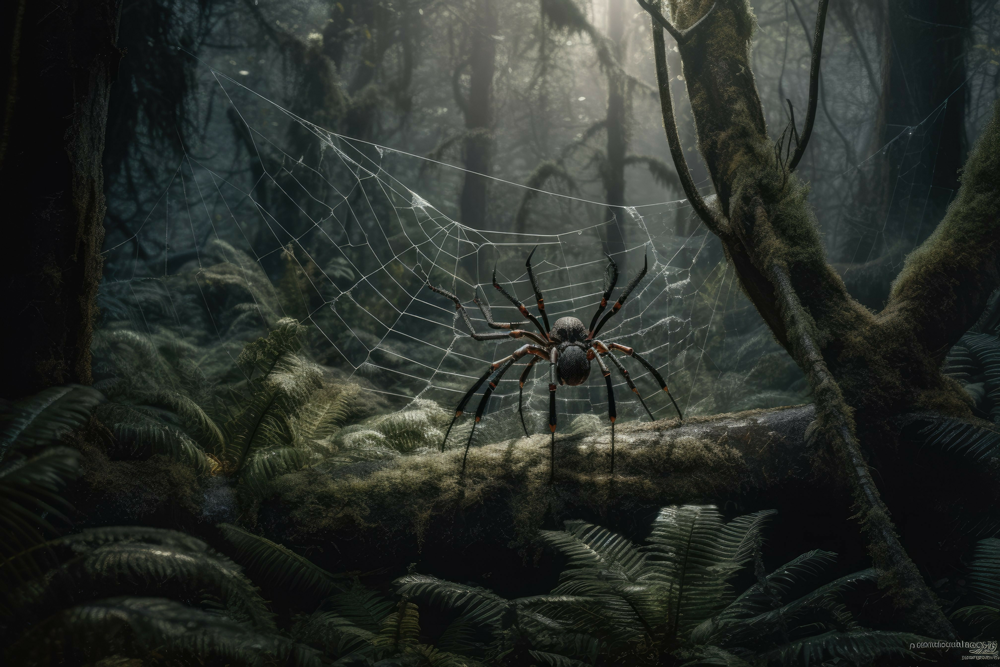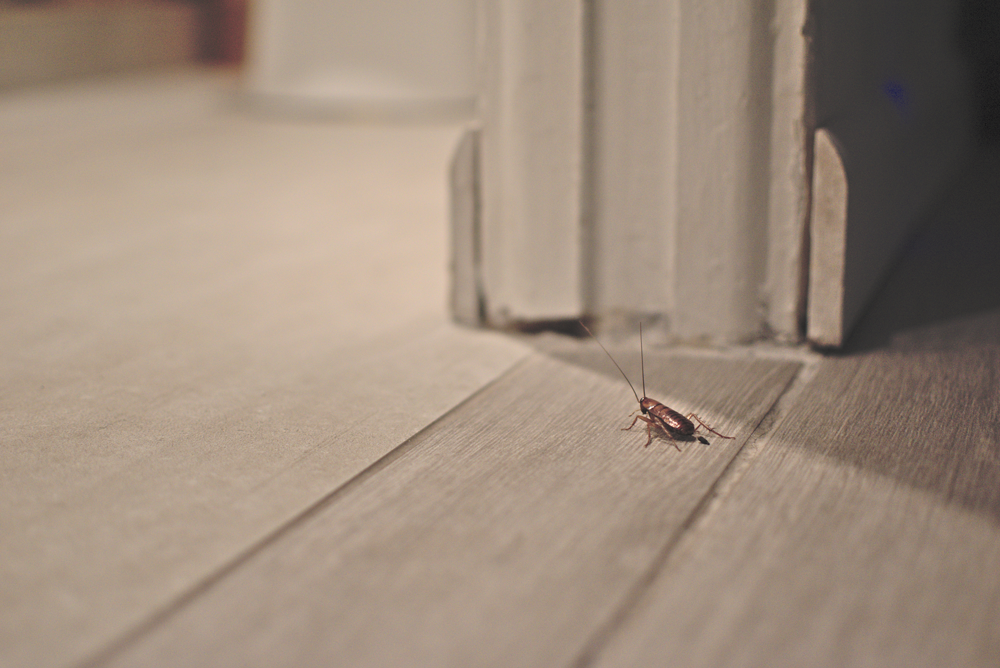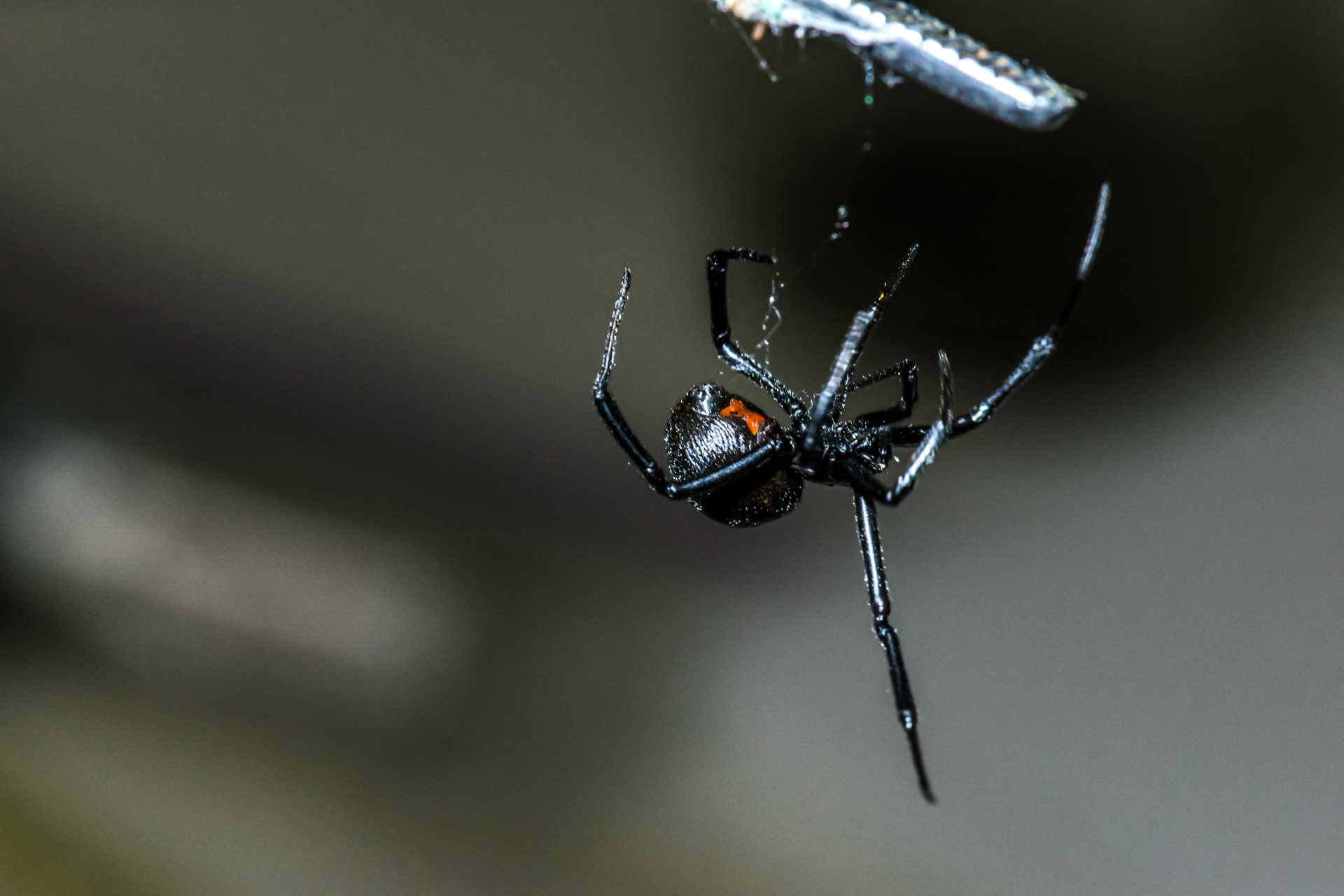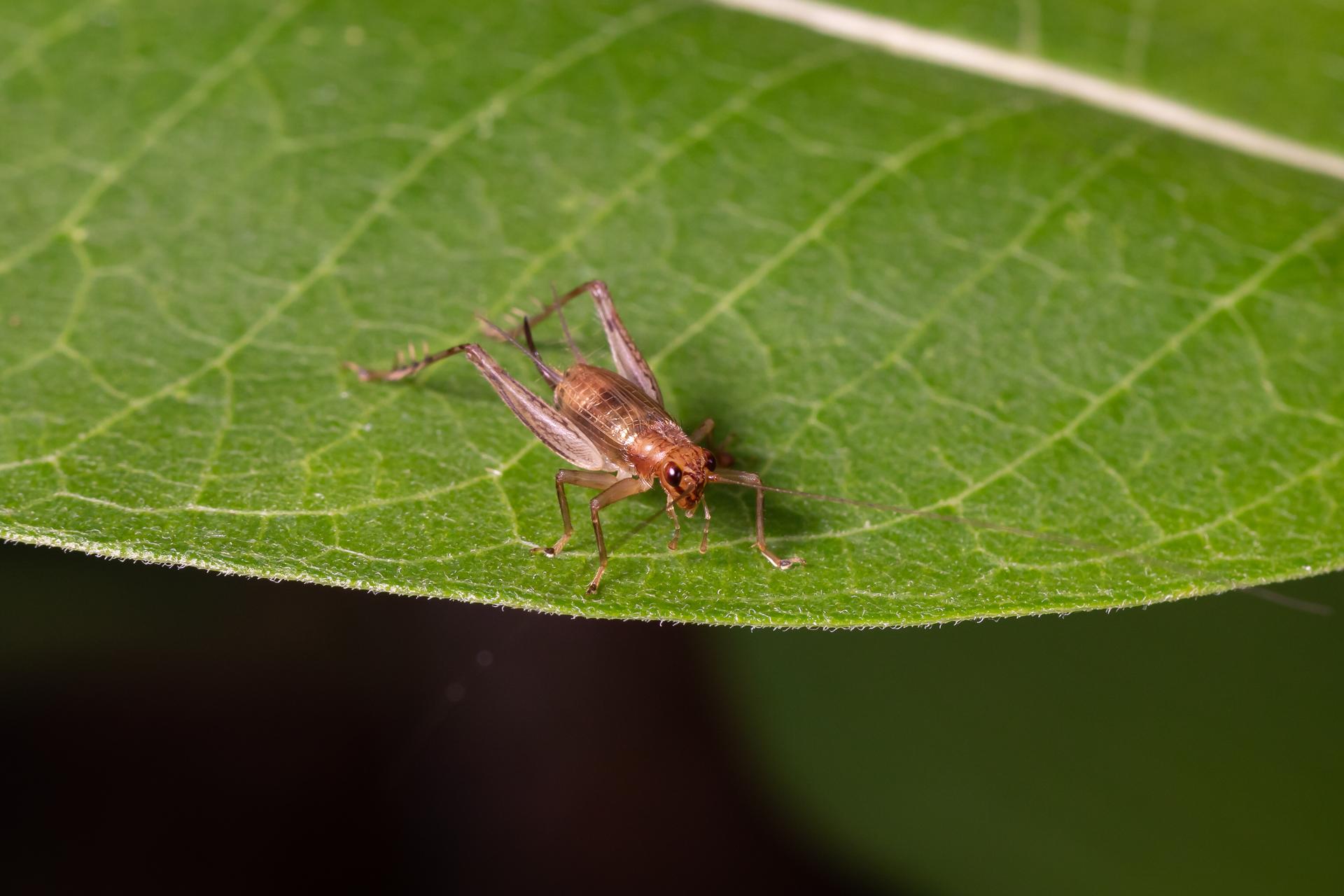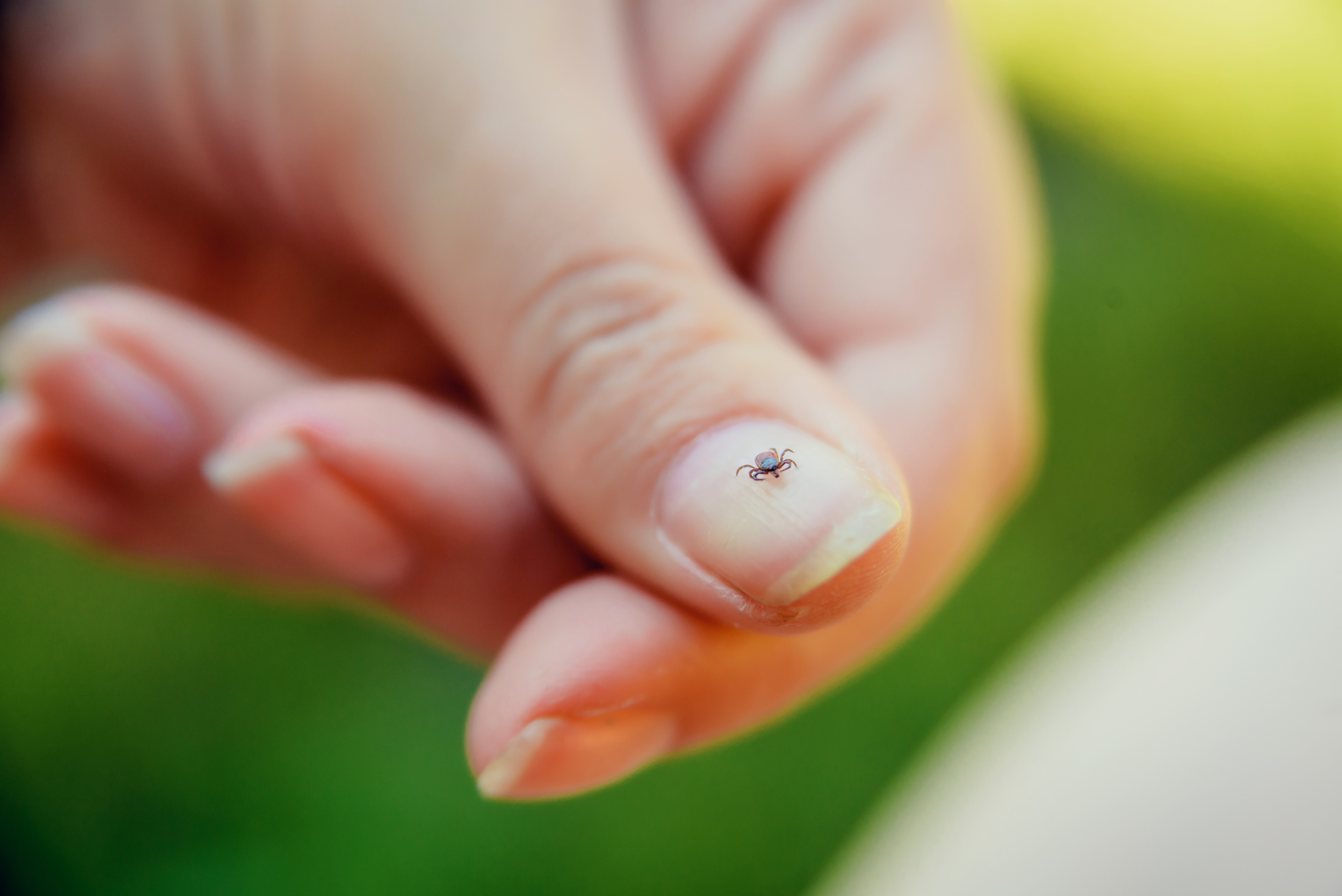Separating Myths From Facts On Nuisance Arachnids
When it comes to nuisance pests in homes and businesses, spiders are often at the top of the list. Despite their role in managing insect populations in natural ecosystems, their presence in residential and commercial settings is generally unwelcome and even alarming for many. Yet, much of what the public believes about these creatures is rooted in myths and misconceptions. This comprehensive guide aims to set the record straight, not to endear these creatures to you, but to underscore the importance of effective pest control.
The web of myths that surrounds spiders is spun from a blend of cultural stories, human fear, and misunderstandings. Different cultures view spiders through different lenses—some see them as symbols of good fortune, while others find them menacing or even dangerous. This complex tapestry of beliefs is woven over time and passed down through generations, making it challenging to separate fact from fiction.
Adding to this complexity is the common fear of spiders, known as arachnophobia. This fear sometimes fuels myths, giving people a reason to exaggerate stories or even create new ones to justify their anxiety. In a world where information can spread like wildfire through social media, misinformation about spiders finds fertile ground to grow.
Historically, the enigmatic nature of spiders made them a subject of human imagination and storytelling. Before scientific understanding could offer explanations, myths served to fill the gap. Even today, gaps in education contribute to these myths, as people may not fully understand the spiders' role in ecosystems or their actual behavior.
Entertainment mediums like movies and television also play a role. The way spiders are depicted in these platforms may not always be accurate but can leave a lasting impression. Thus, the myths about spiders continue to thrive, nurtured by a mix of cultural history, fear, misinformation, and media portrayal. It takes a concerted effort rooted in science and education to untangle this intricate web of myths and understand spiders for what they truly are.
Myth 1: All Spiders Are Harmless
While it is true that many species are not directly harmful to humans, their presence can cause emotional distress and contribute to an unclean environment. The nuisance created by these creatures justifies professional intervention. Recognizing the types that infest homes and offices helps in applying targeted control measures, making pest control efforts more effective.
Myth 2: Spiders Are Good for Indoor Pest Control
While these eight-legged creatures do consume other insects, relying on them for indoor pest control is impractical and unsanitary. The idea that you should allow these creatures to roam freely inside your premises for insect control overlooks the discomfort and potential health issues their presence can bring. Professional pest control is a far more efficient and hygienic solution.
Myth 3: These Creatures Can't Survive Winter
Contrary to popular belief, they do not universally perish during winter. Many species find refuge in homes, garages, and other indoor environments to escape the cold. Their ability to seek refuge indoors during colder months makes year-round pest control crucial. A lapse in control measures can lead to a sudden, unwelcome increase in population when the weather turns cold.
Myth 4: Spiders Will Avoid Human Contact
While they do not actively seek out human interaction, their quest for food and shelter can lead them into close contact with people, causing distress and discomfort. Even if these creatures are not outwardly aggressive, their unsolicited presence in human habitats necessitates consistent and professional pest control measures.
Myth 5: All Webs Are the Same
Webs vary significantly among species. Some don't even spin webs at all and are wandering hunters, making them even more intrusive in domestic settings. Identifying the species based on web characteristics can be essential for targeted pest control. Different species require different control methods, and misidentification can render treatments ineffective.
Myth 6: Venomous Species Are Easy to Identify
Many people believe that more colorful spiders are venomous, but color is not a reliable indicator. Even experienced professionals sometimes require close examination to make a proper identification. The black widow, recognized by its glossy black body and red hourglass-shaped marking on the abdomen, and the brown recluse spider is identified by its brown color and violin-shaped marking on the cephalothorax. Incorrectly identifying a venomous species as harmless can lead to inadequate pest control measures, posing a risk to inhabitants. Expert identification is a crucial first step in effective pest control.
In our state, common nuisance species include the American House Spider, Wolf Spiders, and occasionally, the Brown Recluse. Timely intervention can prevent the establishment of large populations. Studies indicate that over 90% of homes in North Carolina host some form of spider presence. Many species can cause allergic reactions, leading to health issues like skin rashes and respiratory problems. For individuals with preexisting health conditions, this can be particularly troublesome. The cost of dealing with infestations can escalate if not addressed promptly. Businesses may suffer reputational damage, and homeowners might face reduced property values.
The presence of spiders in homes and commercial settings is not just a simple inconvenience but a genuine concern that requires professional intervention. Misinformation only serves to undermine effective control measures, making education a crucial component of pest management. As nuisance pests, managing them should not be taken lightly.
For those dealing with arachnid-related issues, At Ease Pest Solutions provides a range of services designed to manage and control these unwelcome guests effectively. Your comfort and safety are our top priorities, and our scientifically-backed strategies offer peace of mind.
For more information on our pest control services, contact At Ease Pest Solutions today. We are committed to delivering not just solutions but also the ease of mind that comes from knowing your environment is spider-free.
Troutman Branch
694 South Main Street
Troutman, NC 28166
704.761.9697
